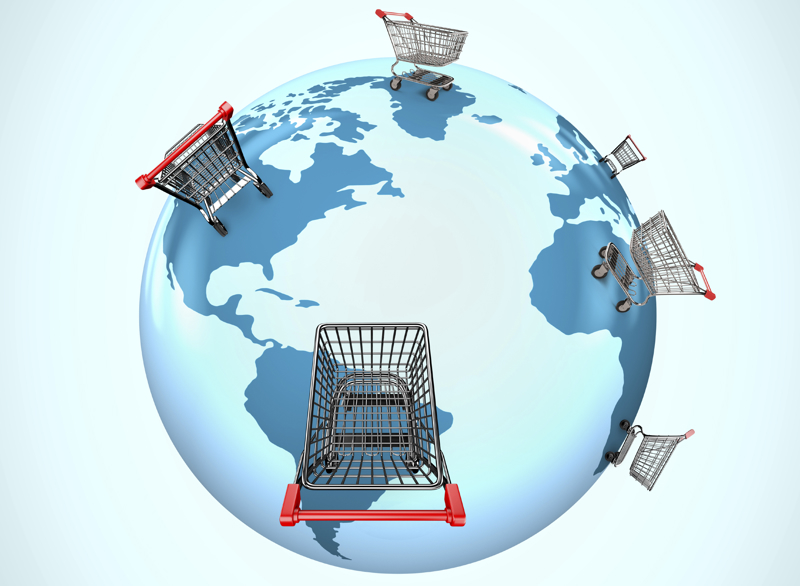Crisper mornings and falling leaves in many parts of the world (not to mention summer coming in the Southern Hemisphere) can only mean one thing: the holiday shopping and shipping season is rapidly approaching.
This year’s holiday shopping season is set to be another record-setter as early projections anticipate retail growth somewhere between 4.5 and 5 percent in 2019, according to Deloitte’s annual holiday retail forecast.
Overall, Deloitte anticipates that holiday sales will exceed $1.1 trillion during the November–January timeframe.
However, lines at the mall may not reflect that as more than 50 percent of holiday sales are expected to take place online—with a whopping 20 percent of shoppers using their mobile devices.
Deloitte also forecasts that eCommerce sales will grow by 14–18 percent, year-over-year, during the 2019–2020 holiday season, compared to sales increasing by 11.2 percent in 2018, resulting in eCommerce holiday sales between $144–149 billion this season.
So, what does that mean for the logistics industry? Shipping, a lot of shipping.
Additionally, there is a shift away from fighting for parking spaces at the local mall to buying from merchants in other countries. Consumers no longer care where the product they want is made, inventoried, or shipped. While borderless shopping may be on the rise, there is no such thing as borderless shipping. Retailers and e-tailers shipping internationally will still have to contend with global logistics, where borders still exist.
Customers are everywhere
According to a Shopify study, this trend of shopping outside of the consumer’s home country is, in fact, a global one, as seen by the following statistics:
- 57% of shoppers worldwide make purchases from overseas retailers
- 63.4% of European shoppers make purchases from overseas retailers
- 55.5% of African shoppers make purchases from overseas retailers
- 57.9% of shoppers in the Asia-Pacific region make cross-border purchases
- 54.6% of Latin American shoppers make cross-border purchases
And those numbers aren’t going to dip anytime soon.
In fact, Forrester estimates that cross-border shopping will make up 20 percent of eCommerce shipping in 2022, with international sales growing to a whopping $627 billion by then.
While customers may be located anywhere in the world and buying from anywhere in the world, as retailers take a more omnichannel shipping strategy, there is a good chance that more items will be delivered directly to a customer’s door from anywhere in the world.
Managing those shipments from the first mile through the last inch can be a struggle as international shipping brings its own set of difficulties—from differing regulations from one country to the next, leading to customs delays, added costs, and lost time. Still, many ship international parcels the same way they ship in-country—one at a time.
As more online consumers are expected this holiday season to buy goods from overseas merchants on their smartphones and other devices at the click of a button, retailers are extending “endless aisles” to inventory held by manufacturers in other countries. Cargo chains are emerging to facilitate and accelerate cross-border last-mile parcel deliveries. The challenge for retailers and supply chain partners is how to make these processes as seamless and invisible to the end consumer as possible. Download “Parcel Cargo Chains Coming of Age,” to gain valuable insights on the global parcel cargo chain, including:
- How and Why Shopping and Shipping are Going Global
- Growth of Cross-Border Shopping
- The Challenges of Cross-Border Shipping
- Emerging Parcel Cargo Chain Solutions
